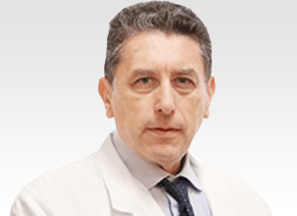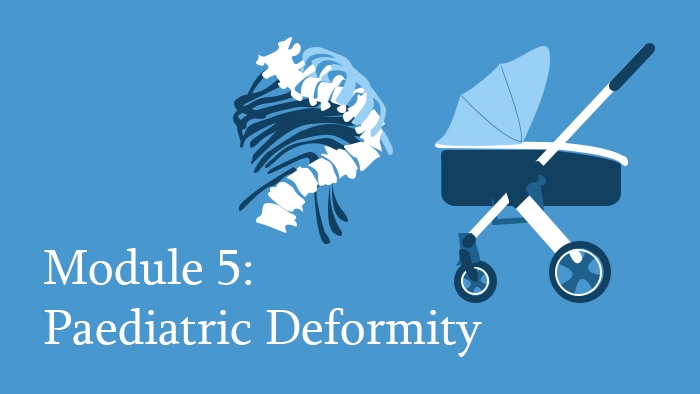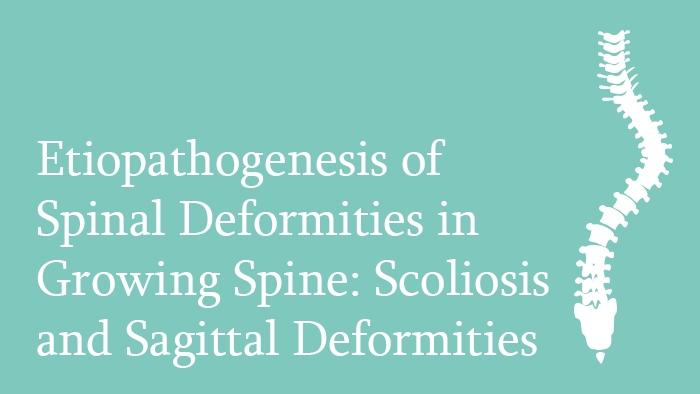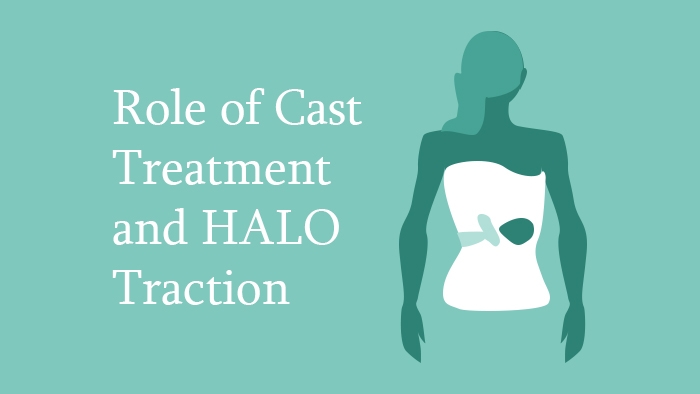Prof Marco Brayda-Bruno
eccElearning Spine Surgery Education Programme Faculty
Prof Marco Brayda-Bruno is a highly experienced Spine Surgeon and a key member of the eccElearning Spine Surgery Education Programme faculty.
The Spine Surgery Education Programme contains 180 Spine Surgery Lectures, and contains Specialist Certificates and the full Postgraduate Diploma in Spine Surgery.
The eccElearning Spine Surgery Faculty is made up of over 140 expert spine surgeons and educators. They have collectively supported the development of the world’s first comprehensive, online postgraduate education programme in a medical sub-speciality, spine surgery.
Marco Brayda-Bruno, MD
- Head of Chirurgia Vertebrale III (Scoliosis), IRCCS Istituto Ortopedico Galeazzi, Milan, Italy
- Professor of Spine Surgery, University of Milan Bicocca
- Advisory Board, European Spine Journal
Contributions of Prof Marco Brayda-Bruno
Module: Paediatric Deformity
Prof Marco Brayda-Bruno edits this module, which deals with paediatric and adolescent deformities of the spine, their etiology, pathomorphology, imaging and clinical presentation, and classification.
Lecture: Etiopathogenesis of Spinal Deformities in Growing Spine: Scoliosis and Sagittal Deformities
The spinal deformities (scoliosis, kyphosis, lordosis) of any etiology are often combined, and must be addressed together in a three dimensional vision. Defining the precise etiology of any deformity is the first mandatory step before any kind of treatment. The etiology of idiopathic scoliosis is multifactorial, and includes genetic factors, which are crucial and well documented but still somewhat elusive, as well as neurologic, metabolic and biomechanical factors. Neuromuscular scoliosis is the most common type of secondary scoliosis, and in this group the prevalent cause is cerebral palsy. In sagittal deformities such as Scheuermann disease genetic factors appear to be critical, but environmental contribution may also play a relevant role.
Lecture: Role of Cast Treatment and HALO Traction
Treatment of severe scoliosis can be very challenging despite the benefits of modern instrumentation methods. A spine specialist must be aware about modalities and outcomes of conservative treatment. Deformity correction with plaster casts is effective in the treatment of progressive idiopathic scoliosis, as well as Scheuermann kyphosis. In early onset scoliosis treatment, cast correction could avoid the potential complications of surgical approach with growing rods, postponing surgery. Halo-gravity traction (HGT) is a safe, well-tolerated method of applying gradual, sustained traction to partially correct severe curves prior to a definitive surgical procedure. HGT may reduce the need for higher risky 3-column osteotomies and must be still considered an important operative adjunct, with low complication rates.





